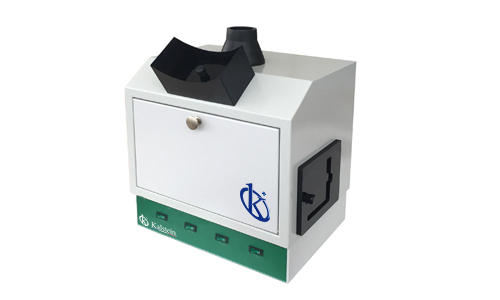In the world of DNA and RNA gel analysis, the ultraviolet (UV) transilluminator is a critical piece of equipment. This device uses UV radiation to visualize fluorescent compounds, allowing scientists to examine and document stained DNA and RNA samples.
Despite its relevance, working with a UV transilluminator also poses several challenges due to the delicate nature of both the compounds it handles and the equipment itself. Although working with a UV transilluminator can involve risks and challenges, implementing effective strategies can maximize the efficiency of the equipment and mitigate any safety risks.
Challenges associated with using a UV transilluminator
The first challenge arises from the functionality of the equipment itself. UV radiation is used to illuminate fluorescent compounds in gel. While UV can effectively highlight such compounds, it can also cause damage to DNA or RNA, resulting in a decrease in the quality of the results.
In addition, the use of the UV transilluminator itself can present safety challenges. Prolonged exposure to UV radiation can cause eye and skin damage. Therefore, it is imperative that users adequately protect themselves when interacting with this equipment. Finally, equipment lifetime can be an issue. The UV bulbs inside the equipment have a limited lifetime and must be replaced regularly, which can be costly and requires careful maintenance.
Effective strategies to meet these challenges
Despite such challenges, there are several solutions to implement to effectively take advantage of a UV transilluminator. To mitigate the impact of UV on DNA or RNA, researchers can limit exposure to the minimum time necessary. In addition, using less destructive alternatives to ethidium bromide, such as safe gel dyes, can be helpful in protecting samples from degradation.
In terms of personal protection, the use of UV safety goggles and gloves is crucial to minimize the risk of exposure to UV radiation. In addition, the transilluminator should always be turned off when not in use. For equipment maintenance, it is essential to have a regular replacement schedule for the UV bulbs. In addition, regular cleaning of the equipment can help prolong its life and maintain its effectiveness.
Kalstein Solutions
In conclusion, with advances in laboratory technology, managing these challenges becomes easier, allowing scientists to focus on what they do best: taking the necessary steps to advance their research.
At Kalstein as a manufacturer of laboratory equipment, we are pleased to offer high-end products, with updated design and advanced technology; know our transilluminators HERE, you will find the YR models that are available for purchase, we also have a new 3D platform that has unlimited versatilities, present in over thirty countries worldwide, publish with us without language restrictions, with shipping plans, be seen, you are more.




